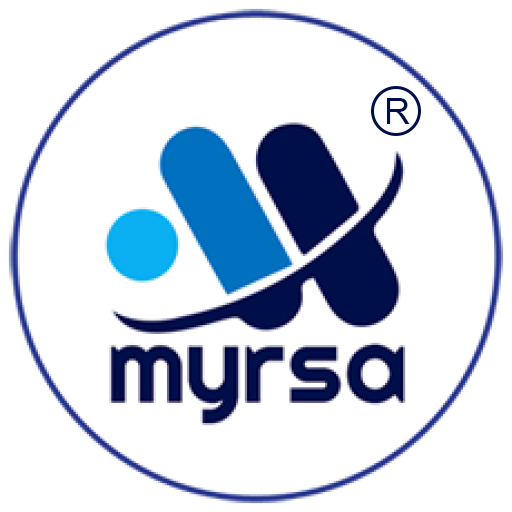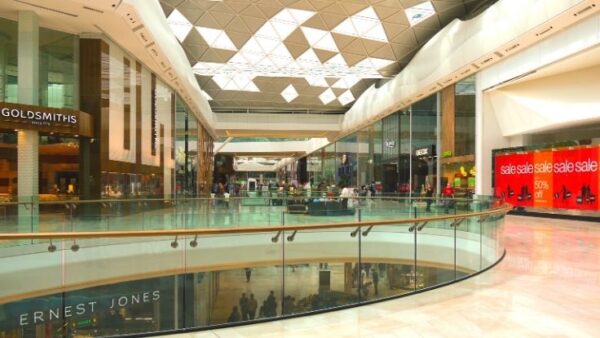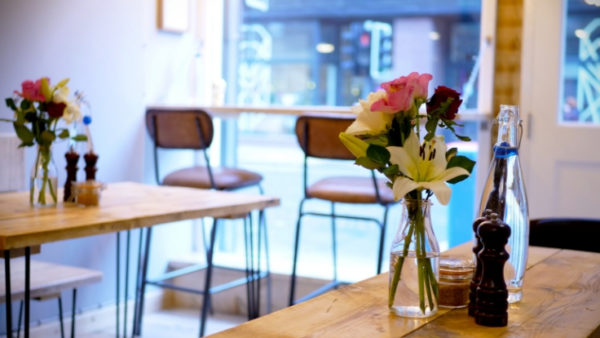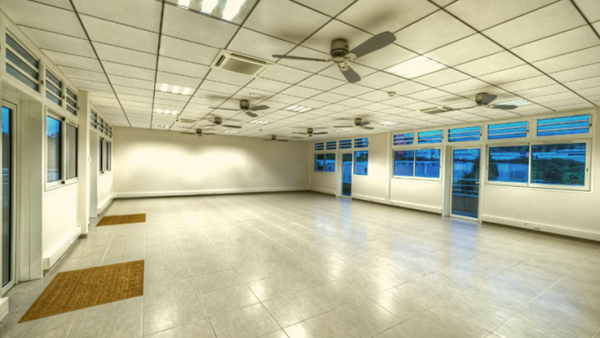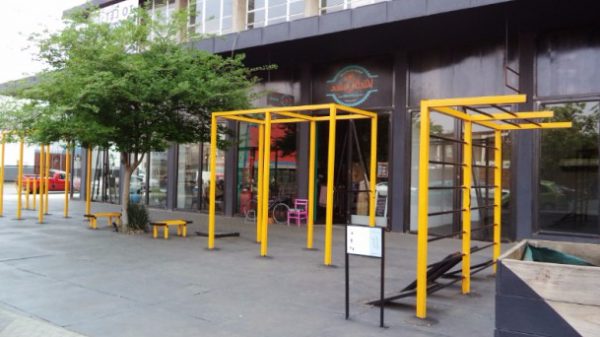The ongoing Covid-19 crisis has profoundly impacted many facets of our lives. The way we shop is no exception. Yet what does the pandemic ‘s effect on physical retail futures mean?
With local laws curtailing our movements at the height of the crisis (and trapping us in our homes in many countries), the way we shopped changed drastically. Restricted high streets and malls, and ecommerce underwent tremendous upliftment. Now that the freeze is easing across the globe, the question arises – does physical retail still have a part to play, and if so, what’s going to be different?
The short answer to that is yes. Physical retail should continue to play an significant part in the relationship between customers and brands. Its dynamics may change slightly, but our high streets do not go anywhere and brands will continue to look at physical retail as a mighty opportunity. What’s important to think is which customer preferences in a post-Covid environment will survive, and which will revert.
We’ll take a look at what’s changed in this article, what it means for physical retail and how brands can adapt.
What’s changed?
It’s no secret that ecommerce has seen a big boom in the last few months. As McKinsey’s consulting group points out, retail will definitely see a gradual rise in online shopping and in areas that had been predominantly store-based in the past. That would be attributed in part to consumers who previously preferred shopping offline, such as baby boomers and Gen Z, being more comfortable with shopping online. Particularly for the supermarket ‘routine’ such as groceries. If they have done it once or twice it is going to become normal.

According to Forbes, these new consumer habits are likely to persist with an anticipated 20 per cent annual growth in ecommerce across retail as a whole, compared with 15 per cent pre-Covid
In fact this shouldn’t be a big surprise. That was a phenomenon that we’ve seen already. The last few months may have actually accelerated the trend but there is still a vital part to play in physical retail. This is because while ecommerce may have benefited from being
Nonetheless. Although ecommerce success in recent months may have benefited from being a fast and convenient alternative, it can not compete with in-store experience.
Related Post: Here are 5 Financial Advantages of Hosting Pop up Shops
What’s the physical retail getting to the party?
Ecommerce is amazing. What doesn’t want the convenience of their own home to do all their dull ‘routine’ shopping? It’s smoother, quicker and sometimes cheaper. Yet we need to note before we get carried away that this is not a one-size-fits-all case.
Everything this comes down to the experience these days. Name the industry and you’ll find that expertise is at some stage the main differentiator. This is no different in trade. Improvements in ecommerce capability are generally geared towards increasing efficiency and reducing friction. That effectiveness comes at the expense of experience and the key is experience.
Physical stores offer the opportunity to provide interactions that just can not compete with the digital world. There is no alternative. For precisely this reason, digital brands have launched physical stores all over the world over the last few years.
What’s more, it’s obvious that even in the last few months there’s been a big shift to digital, there’s still a need for an experience above and above what a typical ecommerce website offers. For example, here at Myrsa we saw a tenfold increase in inquiries about our Virtual Reality Stores as customers look for ways to differentiate and deliver unique, branded experiences.

That is why we are confident physical retail will recover as consumer demand picks up. People are going to return to the high street, back to physical retailing. Yet while we’re sure that physical retail space for rent will return as a retail force, we ‘re also positive it won’t look exactly the same.
What will become of physical retail in a post-covid world?
We need to think about what it will look like in the short term and what it will look like in the long term to answer this issue. The perspective of the short term is interesting; with the shops opening gradually across the globe, we are still catching glimpses of what is to come. We will go through this in more depth in a separate article but it is fair to conclude that physical retail will concentrate on fulfilling consumer standards about hygiene and health over the next few months. Consider PPE, hand sanitiser, and shopping for appointments.
Related Post: Shop on wheels finally takes off in India as brands arrive at societies with retail trucks
The long-term view is even more compelling. When brands use physical to attract new consumers and offer excellent brand experiences, we ‘re likely to see even more of a shift to experiential retail. They need to work on the halo effect to do this – using both the physical and the digital to deliver a seamless customer experience.
In a recent interview, José Neves, founder and CEO of Farfetch’s online luxury shopping platform, took this even further when he said: “Brick-and-mortar digitization was ‘good to have’ in the eyes of many brands and retailers but should be pushed to a ‘must have’”
The Covid-19 crisis has increased transition pace, and the need for reform. Brands capable of integrating online and offline to gain advantages on both sides would be competitive with physical retail (so-called ‘phygital’).
Yet not all digital upgrades. Changed the role of physical retailing. Or rather, it has accelerated the change that it was already experiencing. Stores will focus less on shifting stock and generating revenue, and more on building customer loyalty, gathering insight into marketing and reaching new audiences. More marketing … Less transactional.
This is a phenomenon we’ve seen in the emergence of pop-ups as brand trial sites, run product releases and gain marketing feedback in short-term environments designed to offer outstanding experiences.
We expect that we’ll see less but better flagship stores over the next few years coupled with plenty of flexible retail (like pop-ups shop on rent) to highlight brands and goods, draw new buyers, create brand loyalty and improve online sales. We ‘re going to see versatile retailing in affluent areas where you’d never have seen it before.
Such physical stores can offer less items and sell less, but can have even more entertainment.
Entertainment and the experience is everything.

